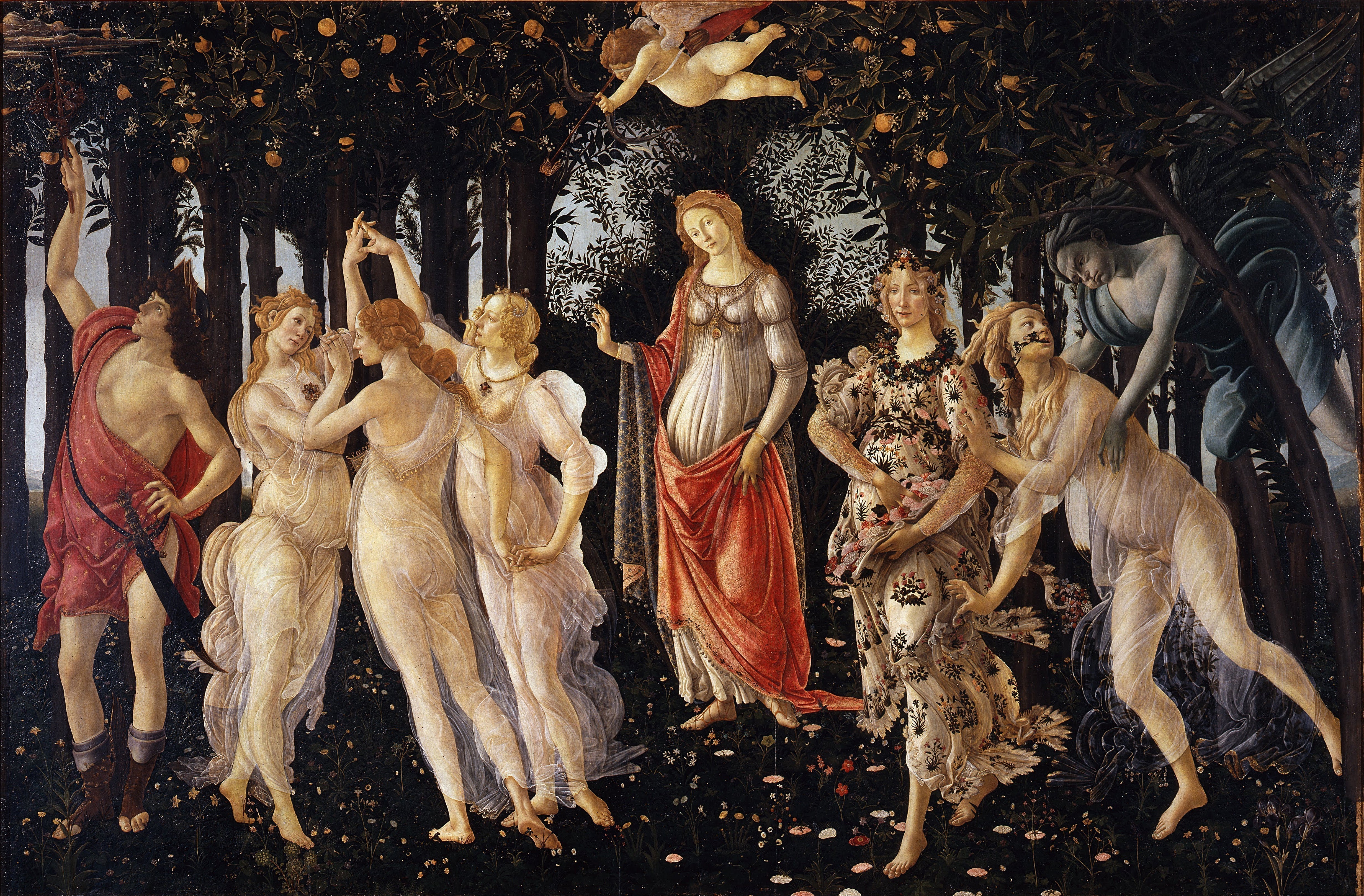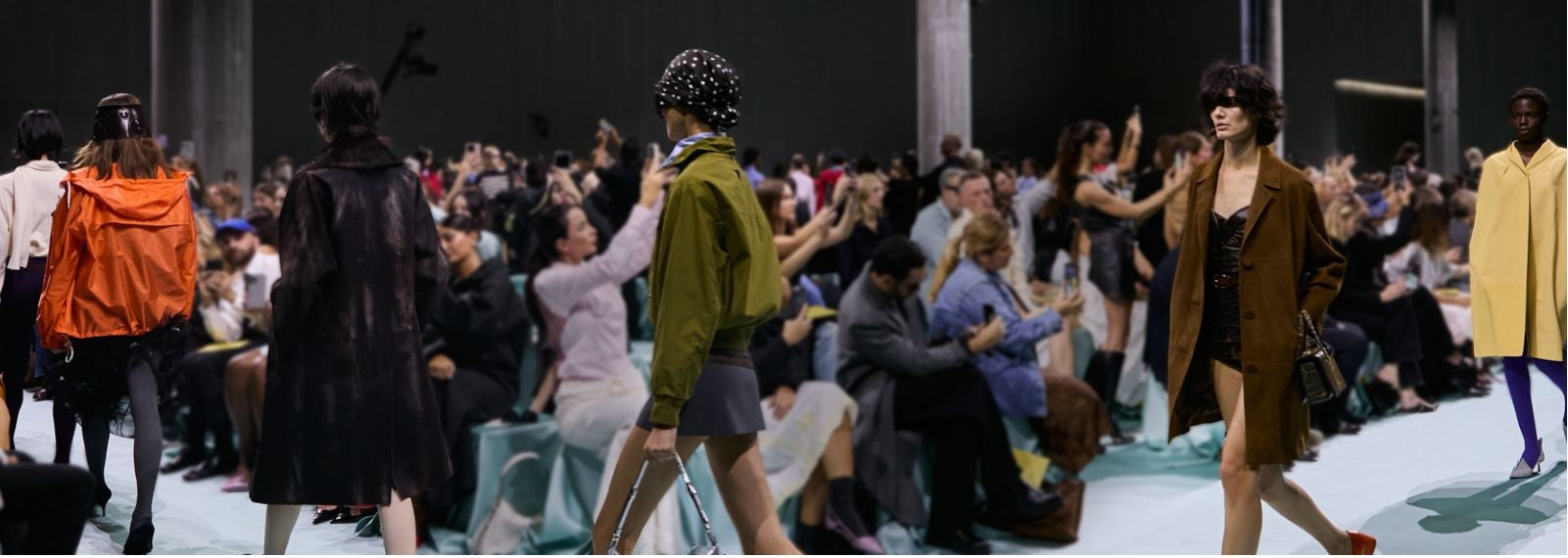Article: Italian Spring: Traditions that Celebrate the Season

Italian Spring: Traditions that Celebrate the Season
When we think of Italy and its seasons, summer usually steals the show with its sun-drenched beaches and the famous seaside la dolce vita. But even before tourists flock to the Amalfi Coast and the northern lakes, spring transforms the country into a vibrant spectacle of colors, scent, and traditions.
Historically, spring has always held a special meaning for Italians. Since the times of the Roman Empire, rituals and festivals were held to welcome the return of warmth and fertility to the land – a custom inherited from ancient pagan celebrations dedicated to Ceres, the goddess of agriculture. During the Renaissance, the season began to be celebrated in art, with Botticelli immortalizing its magic in Primavera, one of the most iconic paintings of the period. Today, this connection with the renewal of nature lives on in festivals that combine history, culture, and beauty. From flower-filled processions to medieval festivals, spring in Italy offers a spectacle that’s just as fascinating as summer – and in many ways, even more authentic.
Vetralla: Tree Marriage
Tree Marriage in Vetralla, Italy. Photo Source: La Repubblica
The Festival of the Tree Marriage (Matrimonio degli Alberi), celebrated in Vetralla, in the Lazio region, is a tradition that dates back to ancient times and carries a deep symbolism linked to the land, fertility, and local identity. Its roots lie in pagan spring rituals, which were held to ensure good harvests and fertility in the fields. Over the centuries, this tradition was reinterpreted and incorporated into medieval customs, gaining new meaning.
The historical origins of the festival date back to a period of disputes between Vetralla and the neighboring city of Viterbo over the possession of the forests of Monte Fogliano. After years of conflict, the woods were granted to Vetralla, and the "tree marriage" ceremony became a symbolic way of reaffirming this possession. Since then, the city has renewed its bond with the forest every year through this unique celebration.
The festival takes place on May 8th and begins with a procession that starts in the main square of Vetralla, bringing together knights dressed in medieval costumes who make their way to the woods of Monte Fogliano, about 6 km away. The crowd applauds as the procession advances, recalling the solemn and historic nature of the ceremony.
The high point of the event takes place in front of the Hermitage of Sant'Angelo, where two majestic oaks – a red oak (Quercus cerris) and a common oak (Quercus robur) – are carefully adorned with flowers and joined by a white bridal veil. The official ceremony is conducted by the mayor, accompanied by civil and religious authorities, symbolizing the union between the city and its forest. To the sound of the local band, the "wedding" of the trees is celebrated and followed by a special blessing.
Infiorata di Genzano
Infiorata di Noto. Photo credit: Sicily Day by Day
The Infiorata di Genzano, held in the town of Genzano di Roma in the Lazio region, is one of the oldest and most prestigious floral celebrations in Italy. The festival, held annually in June, covers Via Belardi with a dazzling floral carpet measuring over 2,000 m², made up of millions of petals arranged in artistic and religious designs.
The tradition of the Infiorata dates back to the 17th century and has its roots in the religious celebrations of Rome, where flowers were used to decorate the streets during religious processions. However, it was in 1778, in Genzano, that the event took on the form we know today. Inspired by the Corpus Christi festivities, the townspeople began to create true ephemeral works of art, made exclusively from flower petals. Over the centuries, the Infiorata di Genzano has established itself as a cultural and artistic event, attracting visitors from all over Italy and the world. Its impact was so great that it inspired other Italian cities to develop their own versions of the festival, including the famous Infiorata di Noto in Sicily.
On Sunday, the Infiorata reaches its climax with the traditional Corpus Christi procession, when the faithful walk along the floral carpet in a solemn procession. The sight of the priests and participants crossing the decorated streets is one of the most moving moments of the celebration, reinforcing the spiritual and communal character of the event. On Monday, following a tradition similar to the Infiorata di Noto, the city’s children are allowed to run along Via Belardi, dismantling the floral panels. This gesture symbolizes the ephemeral nature of art and life, a concept deeply rooted in Italian culture.
Infiorata di Genzano, 2024. Photo Source: Viaggiando Italia
Palio di Siena
The Palio di Siena is one of Italy’s most exciting and ancient traditions, an event that transcends the concept of a simple horse race to become a true ritual of identity, honor, and passion. Held twice a year, on July 2 (Palio di Provenzano) and August 16 (Palio dell’Assunta), in the iconic Piazza del Campo, the Palio transforms the medieval city of Siena into a vibrant spectacle of color, rivalry, and devotion.
The origins of the Palio date back to the Middle Ages, when Siena already held tournaments and equestrian games as part of its religious and civic festivities. In the 17th century, the current format of the race began to take shape, replacing the ancient jousts and mock battles. The Palio is deeply intertwined with the social structure of the city, which since the Middle Ages has been divided into 17 Contrade (historical neighborhoods). Each Contrada has its own identity, flag, patron saint, and official headquarters. However, only 10 Contrade take part in each edition of the Palio – seven that did not race in the previous edition and three drawn from the remaining ones.
The race lasts only 90 seconds, but preparation for the Palio takes days, months, and even years. Each edition of the race begins with the "Tratta", a draw that determines which horse will be assigned to each Contrada. This moment is crucial, as the horses do not belong to the neighborhoods and are distributed by lot. In the following days, there are festive dinners at the Contrade headquarters, where the residents show their pride and devotion. On the eve of the race, a solemn mass is held in the Cathedral of Siena, known as the "Messa del Fantino", where the jockeys receive a blessing before the race.
On the day of the Palio, Siena is completely transformed. The city is taken over by a grand medieval parade, with historical costumes, flags fluttering and trumpets announcing the atmosphere of tension and expectation.
When the bell of the Torre del Mangia rings, silence reigns over Piazza del Campo. The 10 horses and jockeys line up on the starting line, waiting for the right moment to fire the first shot. The start is tense and unpredictable – the competitors do not wear saddles, making the race even more dangerous and intense. The horses make three laps around Piazza del Campo, on an uneven and challenging course. During the most thrilling minutes in Italy, the jockeys can push each other and even fall – but most importantly, the horse can win the race even without its rider (Cavallo Scosso). The first horse to cross the finish line brings victory to its Contrada, which erupts in celebration. The victory flag called the "Drappellone" or "Palio", is handed to the winning Contrada, and the celebration lasts for days.
Palio di Siena. Photo Source: Corbula
Spring in Italy, with its blooming flowers and revitalized nature, is a season that celebrates rebirth and renewal, not only of the land but also of traditions. Each one of these festivals carries centuries of history, blending art, spirituality, and community into a unique celebration that unites generations and transforms cities into scenes of magic and beauty.
Featured image: Wikipedia


